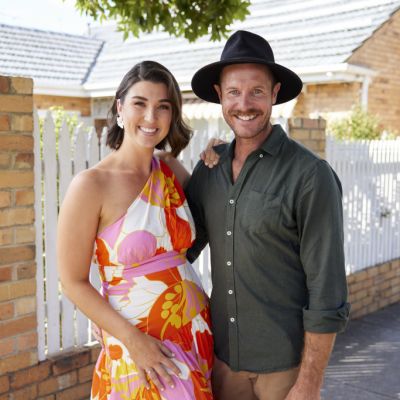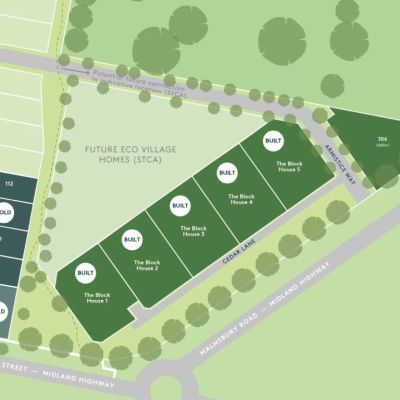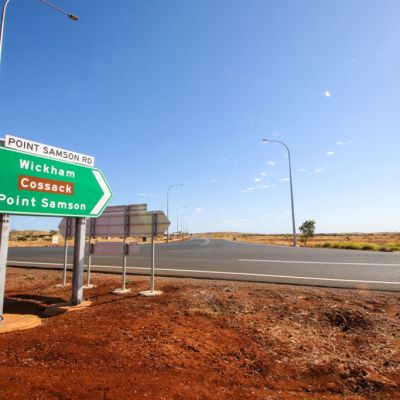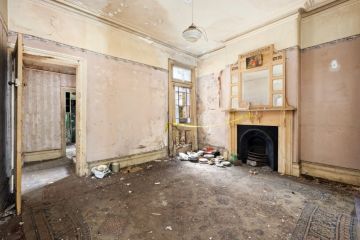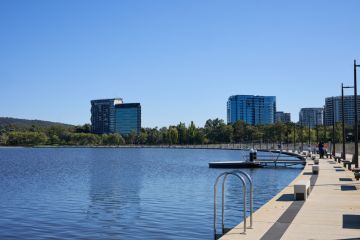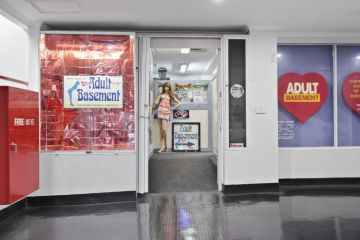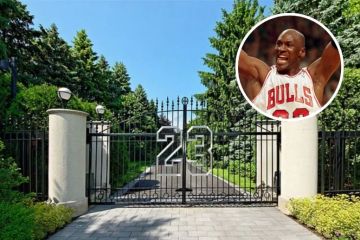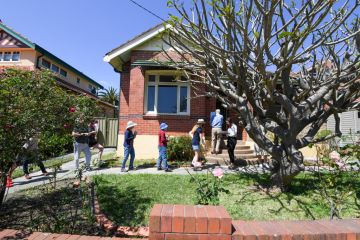Suburbs where homes got cheaper when they weren’t supposed to
Dwelling values have fallen this year in a handful of sought-after inner-city suburbs of Sydney and Melbourne, bucking the broader trend.
Property prices have been rising as three interest rate cuts have made buyers more confident and increased the amount of money they can borrow and spend at auction, but not in every neighbourhood.

Since the end of February, dwelling values have fallen by 7.1 per cent in Sydney’s lower north shore suburb of Milsons Point and 6.3 per cent in neighbouring Kirribilli, Cotality data shows.
In Melbourne, property values have fallen in affluent Armadale in the inner south-east, down 5.1 per cent, and 4.5 per cent in neighbouring Prahran. In the inner north, Carlton values also fell 4.5 per cent.
Cotality head of Australian research Eliza Owen said some of these areas have a high proportion of units, which tends to drag down the median value of the suburb.
“Carlton comes to mind as one of these suburbs where we’ve seen a lot of units that haven’t really moved in value irrespective of what interest rates have been doing,” she said.
As for the more expensive homes in the suburb, some potential buyers may face affordability constraints on how much they can pay.
“Borrowing capacity is improving but it’s not back to the levels we saw in 2020 and 2021,” she said.
“They have a relatively high price point and maybe the capital growth opportunity is seen as somewhat exhausted and that’s why we’ve seen values continue to fall.”
Among the 10 suburbs nationally where values fell most, all bar one were in either Sydney or Melbourne.
Owen said property values overall were rising in the two largest cities but not as strongly as in mid-tier capitals Perth, Brisbane and Adelaide, which she attributed to weaker internal migration trends into Melbourne and Sydney.
Values have also fallen in a handful of regional towns, led by Bermagui on the NSW South Coast (down 9.1 per cent) and Jindabyne near the snow fields (down 8.8 per cent). Owen thought some of these locations were relatively pricey regional pockets where values rose once the pandemic hit, and then retreated.
Holmes St Clair partner Chris Bell has been selling in Milsons Point for 16 years and emphasised the variety of the local market, where two-bedroom homes can sell from $1.8 million to the early $4 millions, and three-bedders can fetch anywhere from the mid $2 millions to $8 million plus.
He said the buyer pool had changed over time as some units in the area had been sold off the plan to international buyers who now face higher stamp duty costs.

“Just because they paid that for it off the plan doesn’t mean it was ever worth that,” he said. “Historically a lot of off the plan sales have been marketed internationally, and that pool of buyers and what they sell for, it’s not the domestic market.”
For example, a recent sale of a unit in Lavender Street for $2.55 million was to vendors who paid $3.1 million off the plan, the highest resale with a similar aspect in the building to date, he said.
He has noticed some buyers are more risk-averse than in recent years, which meant conversations with buyers had changed.
“People are prepared to pay a premium for the right property,” he said. “The higher end budgets are still very strong, provided that buyer has sold whatever they need to in preparation.”
In Melbourne, Marshall White director John Bongiorno said the falls in median values of areas such as Armadale and Prahran could be affected by a drop in the proportion of more expensive properties for sale, pushing down the average.
He also thought the Victorian government’s increase to land tax on secondary homes last year affected values.
“Definitely the impact of land tax is being felt across the market full stop,” he said.
But he was optimistic the falls would reverse in time.
“Because of population growth, because of the other factors – stronger factors that are bigger than the government such as our lifestyle, our schooling, our education, I think that our population will continue to grow.”
We recommend
We thought you might like
States
Capital Cities
Capital Cities - Rentals
Popular Areas
Allhomes
More
- © 2025, CoStar Group Inc.
